DP Kit Fraser used Kodak 35mm to create dark and spooky looks for 'Possum'
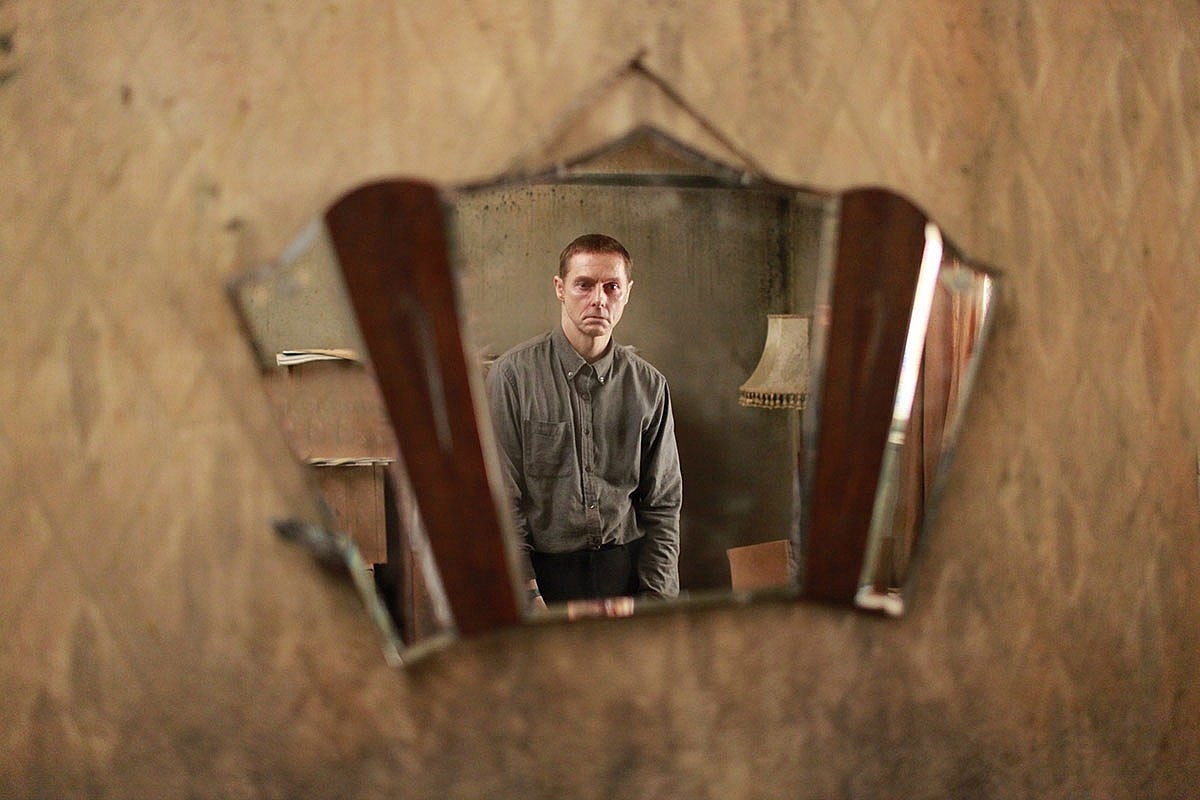
Philip, played by actor Sean Harris, in "Possum". Photo by Paul Bennett.
Prepare to be scared! Shot on Kodak 35mm film under the auspices of cinematographer Kit Fraser, Possum takes viewers on a seriously dark and spooky journey. As the movie’s writer/director, Matthew Holness, promised before production commenced, “Possum will terrify in the best tradition of classic horror cinema, evoking an atmosphere of supernatural dread and creeping horror.”
The story follows Philip (Sean Harris), a disgraced children’s puppeteer who returns to his childhood home together with his hideous, hand-operated marionette, called Possum. There he is forced to confront his cruel stepfather, Maurice (Alun Armstrong), and the secrets that have tortured him his entire life. When Philip’s attempts to destroy the demonic puppet fail, he suspects Maurice of manipulating Possum to cause further distress. As their relationship breaks down, repressed memories of a traumatic childhood resurface. When a local child goes missing, the police suspect Philip, who discovers that the real fiend lurks much closer to home.
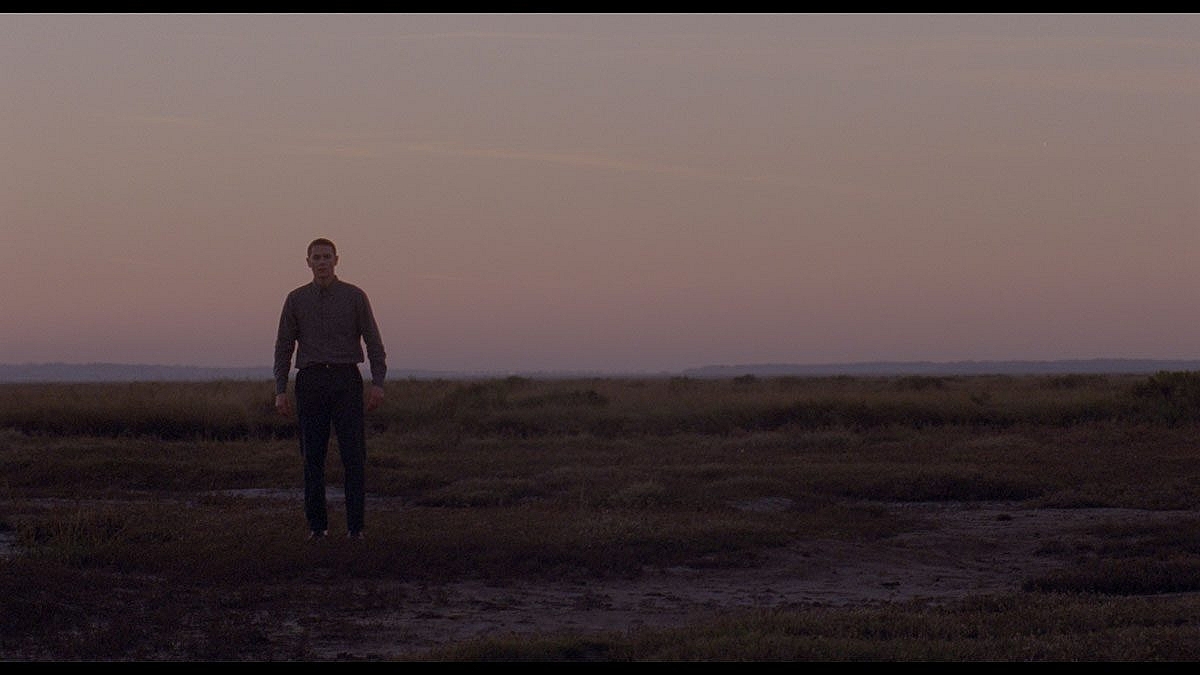
A scene from "Possum", directed by Matthew Holness, starring actor Sean Harris as Philip.
Produced by the Fyzz Facility and made on a budget of £850,000 from BFI Film Fund, Possum had its world premiere in the Official Selection at the 2018 Edinburgh International Film Festival. Critics were quick to acknowledge its 35mm celluloid derivation and to applaud the “nicely unpleasant” cinematography and production-design (by Charlotte Pearson), where the jaundiced yellow and fecal brown color palette create a distinctive ambience and nostalgic-looking backdrop for the central character performances. The eerie celluloid visuals are accompanied by an unnerving score created by Radiophonic Workshop, the former BBC group which produced sound effects for many of the corporation's renowned sci-fi and horror productions, including Doctor Who.

A scene from "Possum", directed by Matthew Holness, starring actor Sean Harris as Philip.
The six-week production shot at Three Mills Studios in London’s East End where filming took place on set-built interiors, followed by a stint on location in the wild marshes of Norfolk.
“Matt’s script was of immediate appeal to me as I like dark themes and creating images that are full of contrast and atmosphere,” recalls Fraser, who also operated the camera during production along with his cinematographic duties. “Matt had already had discussions with the BFI, who are very supportive of shooting productions on film. So the main thing up that was for deliberation was whether Possum would be shot on 16mm or 35mm. However, when he showed me his references, mainly 35mm-originated horror movies from the 1970s, it seemed a natural step for us to shoot Possum on 35mm too.”
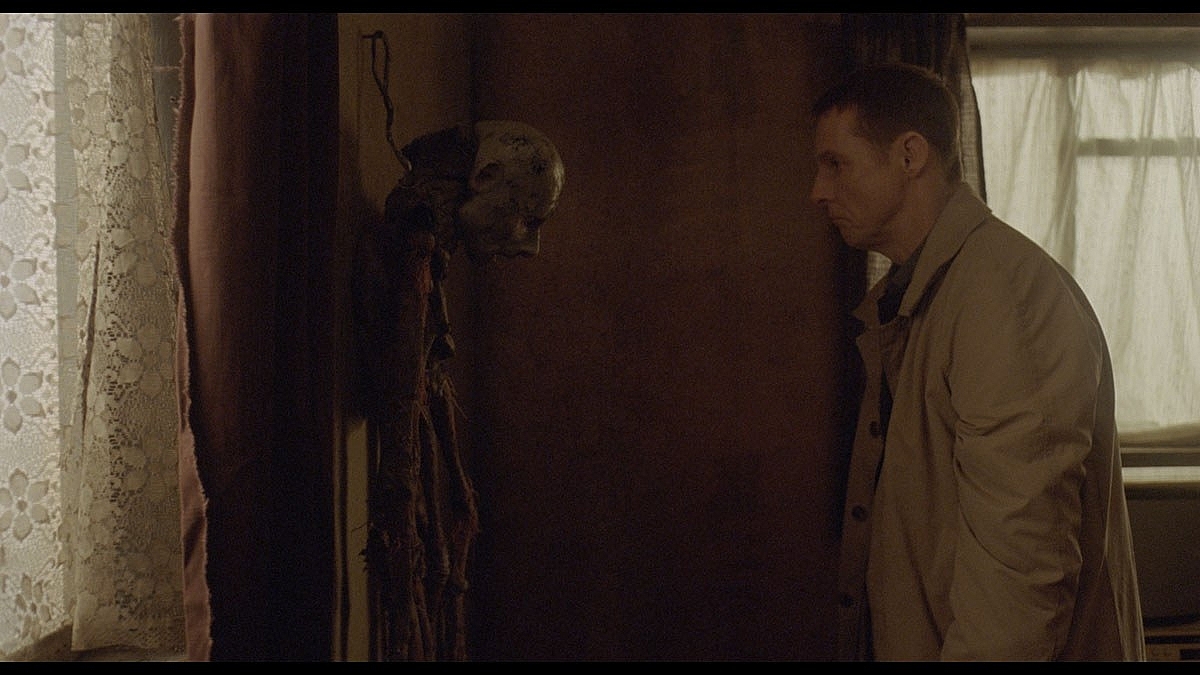
A scene from "Possum", directed by Matthew Holness, starring actor Sean Harris as Philip.
Inspirations for the cinematography included a variety of sinister-looking productions, such as Magic (1978, dir. Richard Attenborough, DP Victor J Kemper) and Don’t Look Now (1973, dir Nic Roeg, DP Tony Richmond BSC), along with “some films you might not have seen or heard of. I certainly hadn’t – like Blood on Satan’s Claw (1971, dir. Piers Haggard, DP Dick Bush BSC) and Witchfinder General (1968, dir. Michael Reeves, DP John Coquillon)” says Fraser. “The main challenge for me was to make Possum look old, as if it, too, has been made 30 or 40 years ago. But you can achieve this so easily when you combine celluloid film with vintage lenses.”
After conducting a series of lens and exposure tests Fraser settled on classic Cooke S2s that would be fitted to an ARRICAM ST camera for the majority of the production, capturing on to a trio of KODAK VISION3 35mm filmstocks, which were all push-processed by one stop at the laboratory. Fraser shot Possum open gate Super 35mm but framed the production in 1.78:1 in order to evoke the look of the historical references. At his director’s behest, camera moves were kept to a minimum with the accent placed on bold image compositions. Cameras and lenses were provided by Movietech, based at Pinewood Studios, and film processing was done at Cinelab, London.
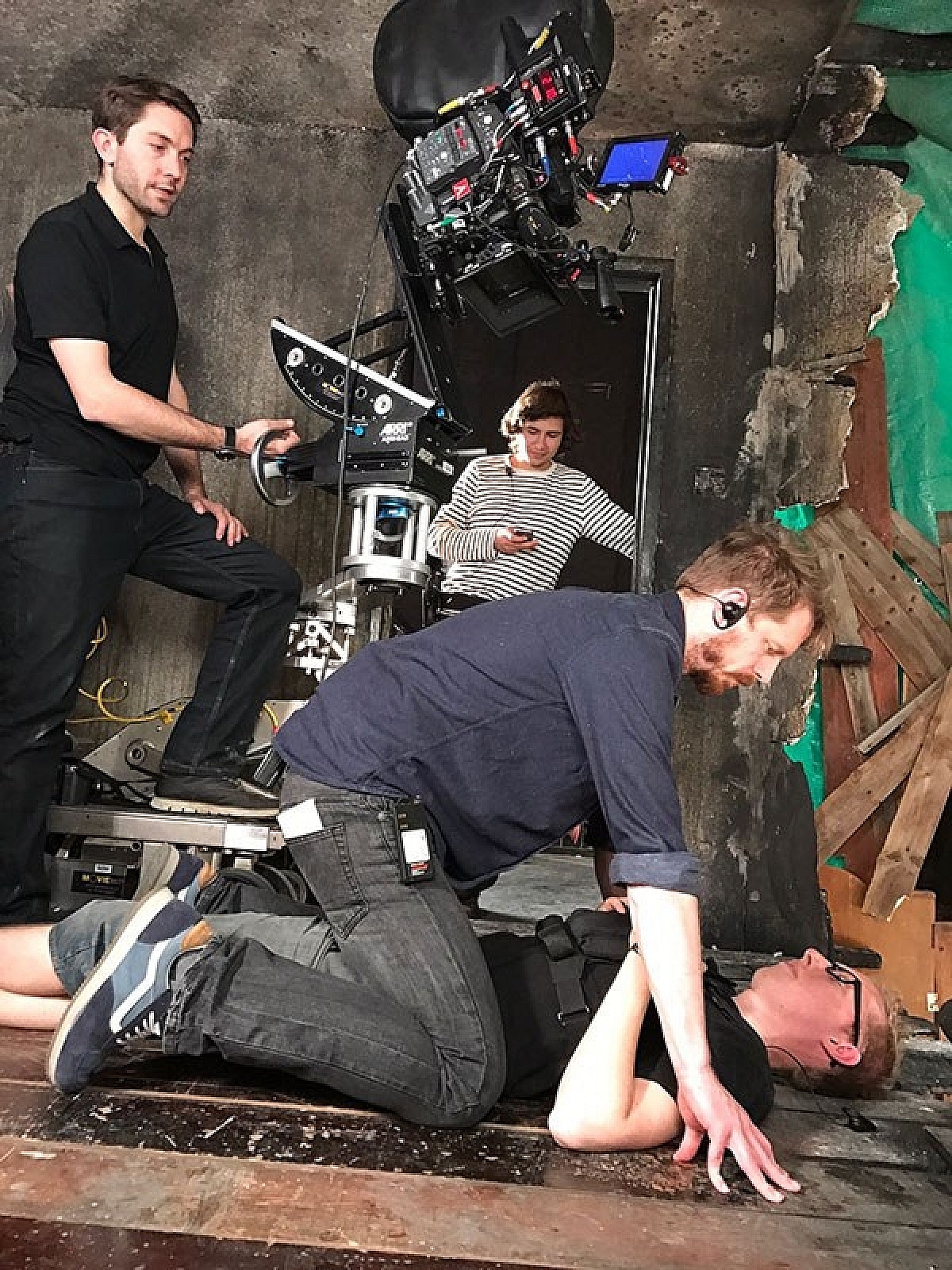
DP Kit Fraser watches 1st AD Jonathan Midlane straddling 2nd AC Darren Ladbury, as they help line-up a shot in the final scene of "Possum", directed by Matthew Holness
“The effect of the S2 lenses combined with push-processing the negative was that the results looked exactly how we wanted them – old,” says Fraser. “There’s no way you could get near that look, colour, grain and texture by using a digital format. And even if we had tried the result would have looked too sharp, despite the lenses, and would have been pretty inappropriate.”
For the shoot Fraser chose KODAK VISION3 200T Color Negative Film 5213, VISION3 250D (5207) and VISION3 500T (5219). “We shot all of the day exteriors using the 250D, as it enabled me to push more than the 50D would have allowed. Also, I could gain an extra stop at the end of the shooting day or when it was overcast. Because of the push process treatment at the lab, the 250D yielded a lovely saturation of color, super blacks and increased grain, and the results on landscape and sunsets is quite breathtaking.”
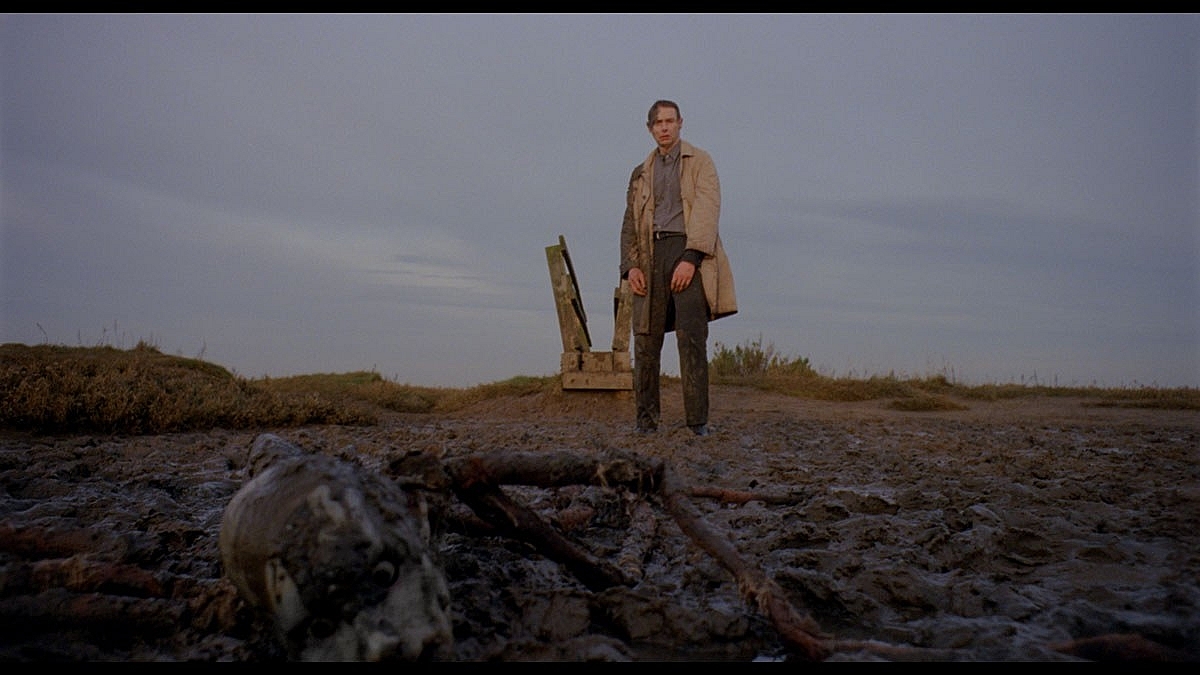
A scene from "Possum", directed by Matthew Holness, starring actor Sean Harris as Philip.
He continues: “I used the 200T for all of interiors and studio work. It was sensitive enough for the different situations we were working in, which at times were pretty extreme, and it revealed its terrific, inherent dynamic range. Matt was insistent on going for very dark images. Some shots have the merest slither of light on a character’s face with the rest of the image just black. In other situations, I’d have the window highlights six stops over, but you can still see details out of the window in the final result. You could not do that with even the best or the current digital cameras as they clip and go to peak white much faster than film.”
Fraser harnessed the 500T as a visual differentiator to mimic short public information films that Philip watches on TV. As he explains, “Many of these old films, created by the government, were aimed at child safety and were shown on TV during children’s programming. Their general low-budget quality and basic camera style in natural light gave them an aura of horror, and some were quite terrifying. We wanted our short clips to be pronounced and obviously distinctive from the main visual narrative of the film. The push-processing of the 500T severed to enhance the texture of the grain. We shot these clips in available light with very little supplementary illumination, and the 500T delivered suitably menacing, naturalistic and period-looking results.”
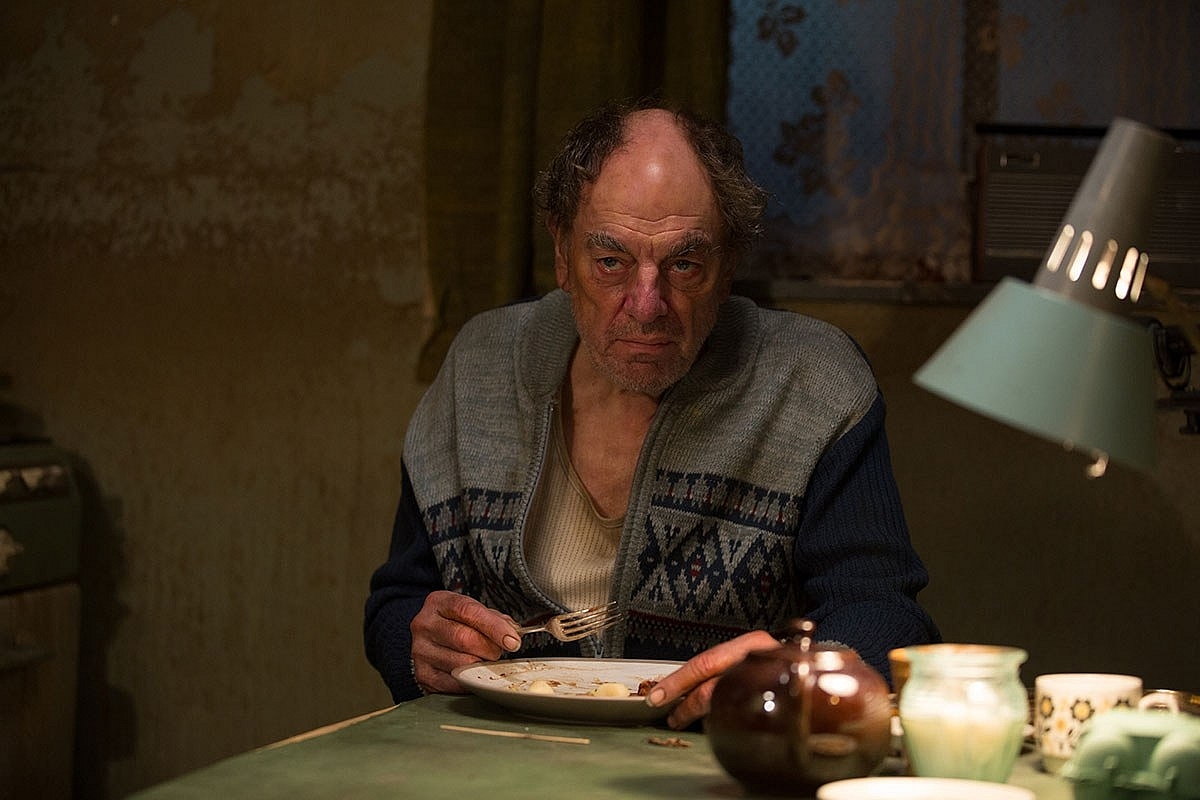
Alun Armstrong plays Maurice in Matthew Holness’ feature film "Possum". Photo by Julian Fritz.
Fraser says that the production was able to maintain its schedule, and a low shooting ratio, due to meticulous planning by the director – “Matt knew what he wanted to shoot every day and in every scene” – and the performances of Harris and Armstrong in the lead roles – “They smashed it pretty much on the first takes.” He also praises Cinelab for rapid turnaround of the dailies. “We generally had our rushes processed, scanned at 2K, and the dailies downloaded and ready to view by lunchtime the following day.”
Fraser specialized in cinematography as part of a BA in Film & TV at University of Westminster (now Westminster Film School), where film production was intrinsic to the curriculum, and its influence has been indelible.
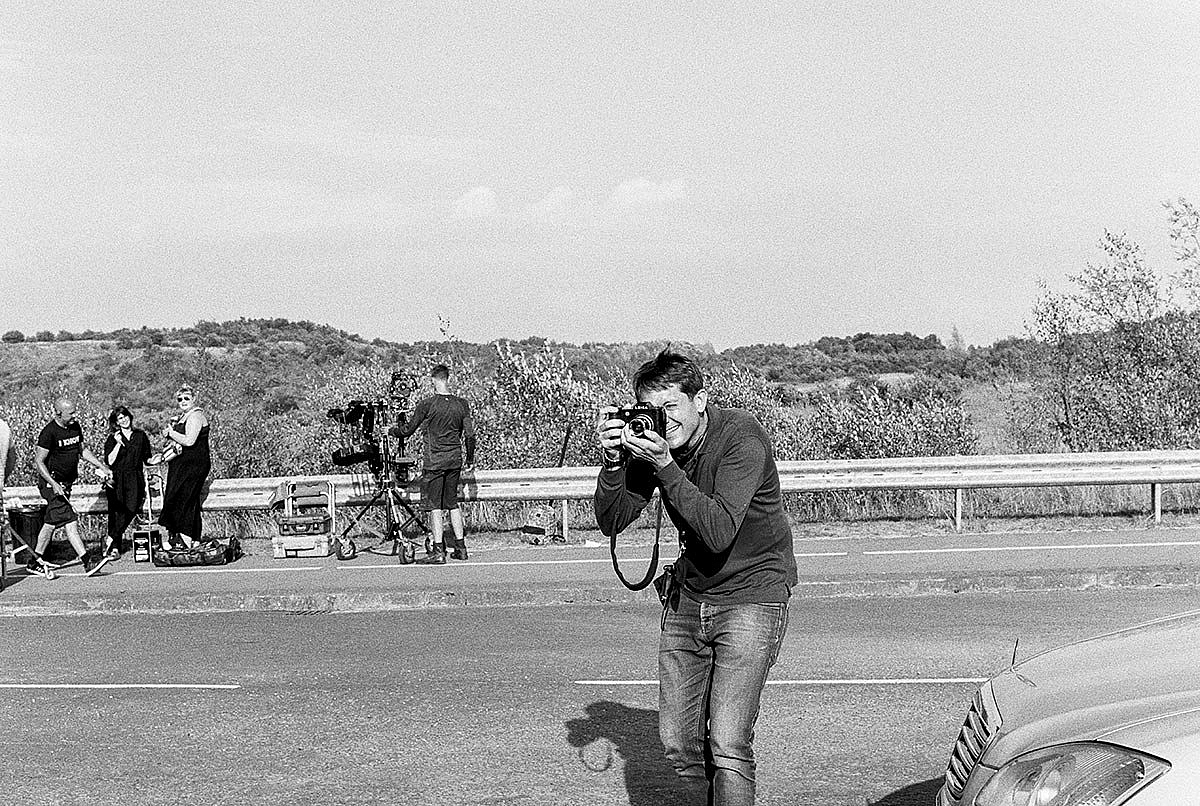
Cinematographer Kit Fraser. Photo credit BAFTA/Charlie Clift.
“I grew up shooting 16mm and 35mm film and still shoot 35mm stills on a daily basis, processing a couple of rolls per week,” he says. “One of the issues I see is today, children’s TV series through to high-end episodic dramas are all shooting with the same digital cameras, and there’s a certain look to the image now across everything, which is a great shame. I am so pleased to see more and more people shooting on film, and they are only to be applauded. Film stands out. It looks distinctive and has personality. There’s no doubt that shooting Possum on film has given it a very special, creepy character, which I could just not have achieved had it been a digital production.”
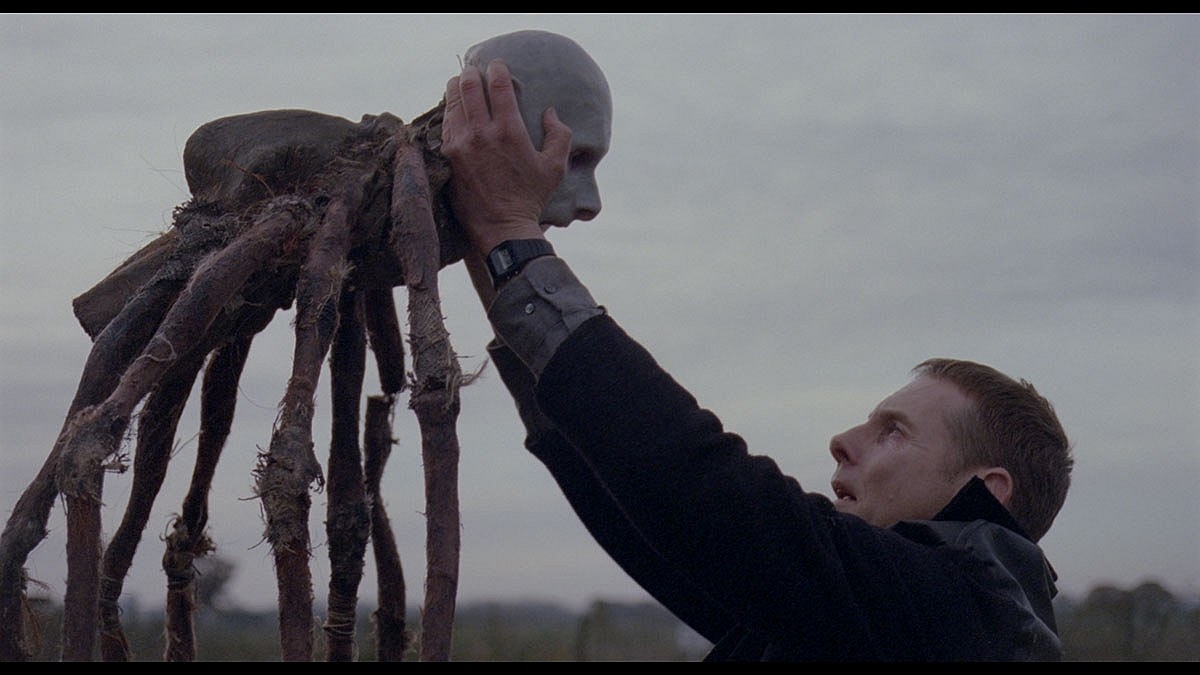
A scene from "Possum", directed by Matthew Holness, starring actor Sean Harris as Philip.
Fraser says he had the good fortune to return to 35mm film with the production of director Craig Robert’s modern-day psychological drama Eternal Beauty, starring Sally Hawkins, Billie Piper, David Thewlis, set for release in 2019.
“Although we shot Eternal Beauty using the same Cooke S2 lenses and same trio of KODAK VISION3 stocks, with push-processing too, it has a completely different look to Possum, achieved chiefly through set design and lighting, which all goes to show you the sheer versatility of film for telling different types of stories.” But that’s another tale to be told. Stay tuned!